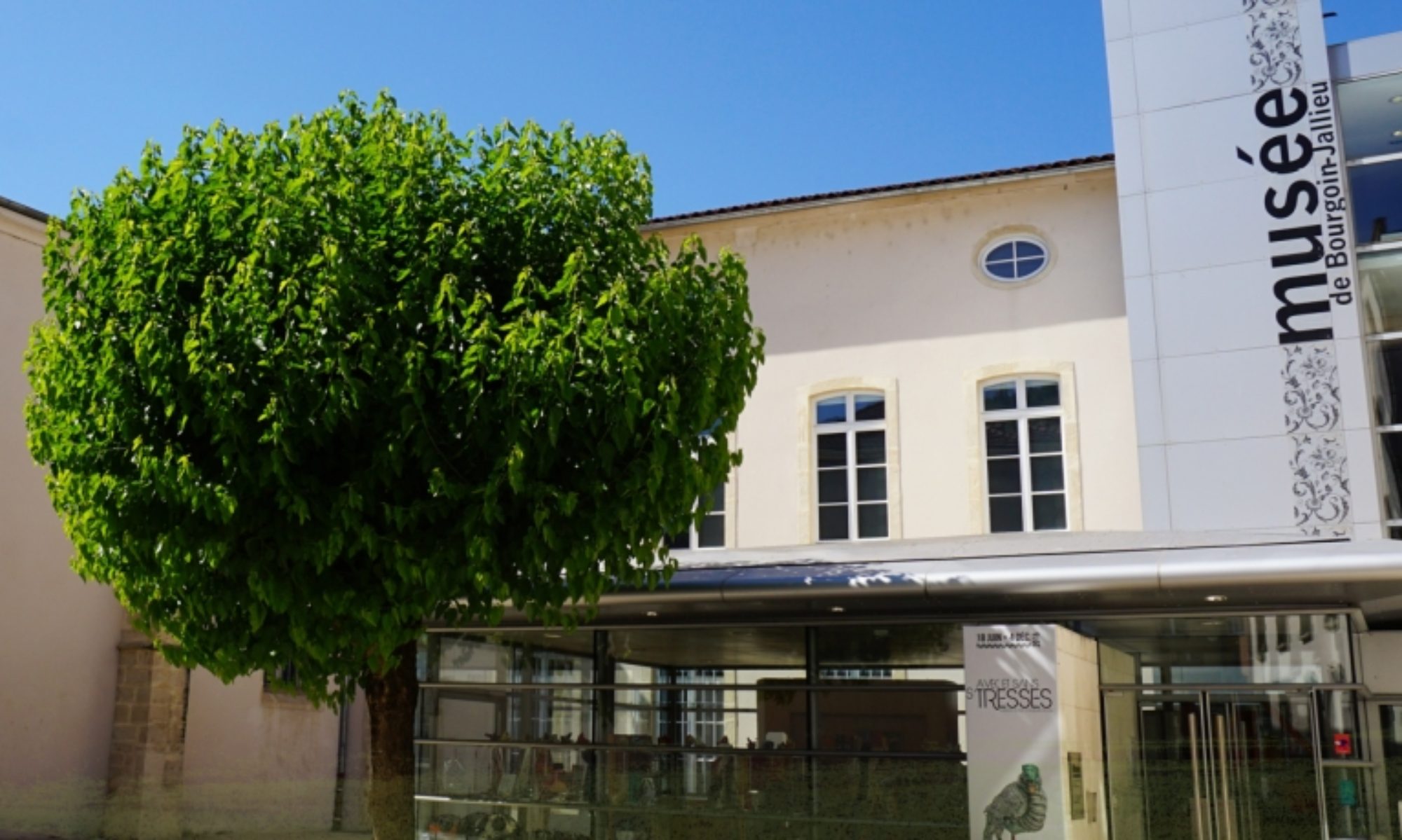Copper plate printing was developed in 1752 at Francis Nixon’s workshop in Drumcondra, Ireland. It reached England in 1756 and was used in Jouy-en-Josas from 1760 onwards. This was the origin of monochrome printing and the celebrated “toiles de Jouy,”
depicting scenes and figures. This technique makes it possible to obtain very large and detailed patterns with a single operation.
The copper plate is engraved with a chisel to create an intaglio. This intaglio etching differs from the relief cutting used in woodblock printing in
that the craftsman engraves it directly onto the metal plate. This allows for more subtle effects of light and shading than with older techniques. These lines are then filled with ink, and a press is used to transfer the ink to the fabric.
Copperplate printing is expensive, not least because of the high price of the raw material. It made it possible to produce high-end textiles, but its low productivity would render its use nearly obsolete as early as the 1820s and 30s.
This technique was one of the first techniques established in our region and more specifically in Bourgoin-Jallieu, as early as 1780 with the Perrégaux factory.

